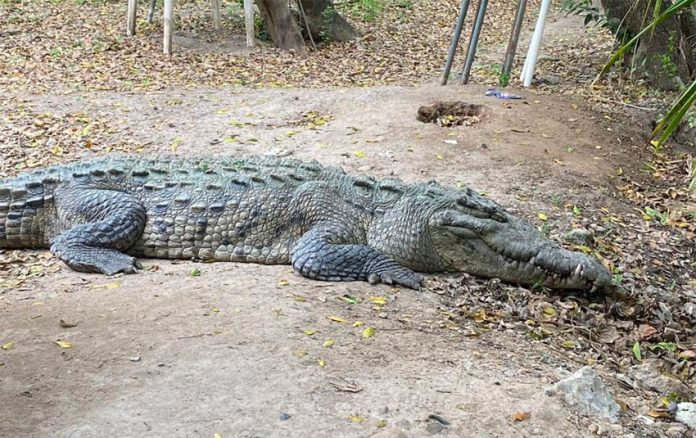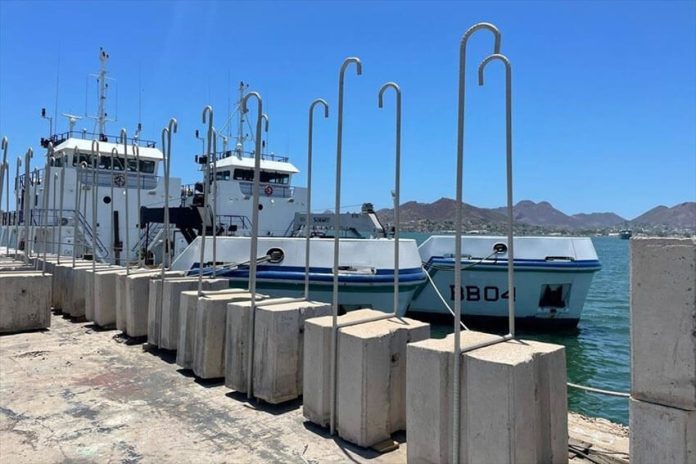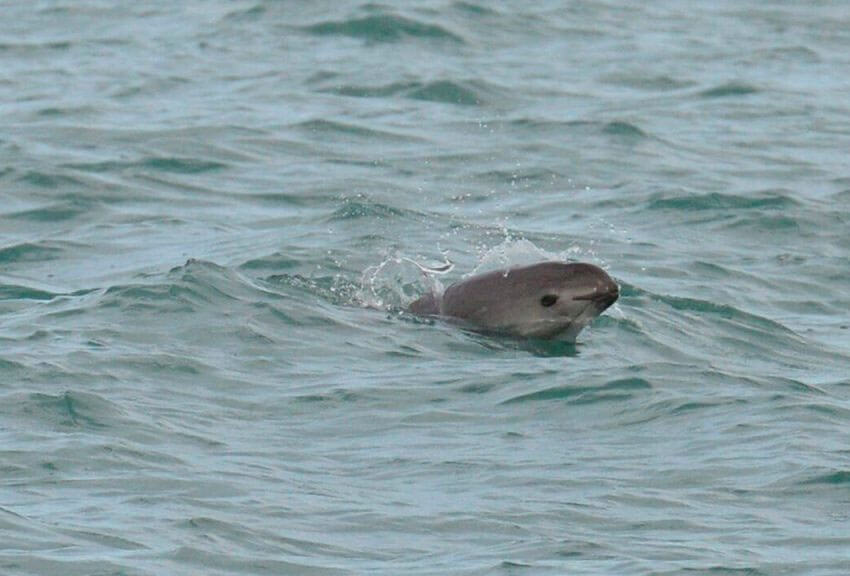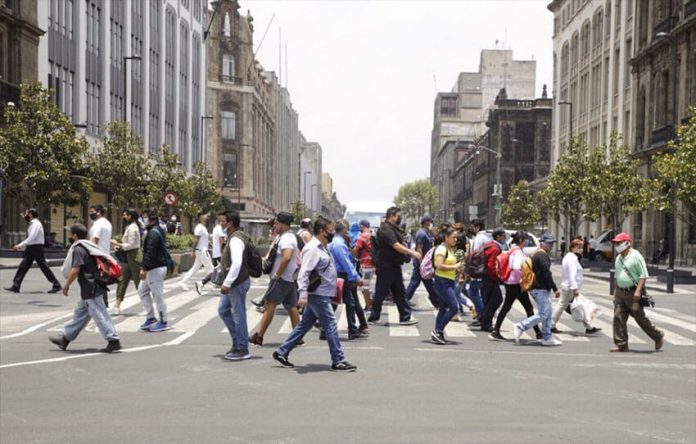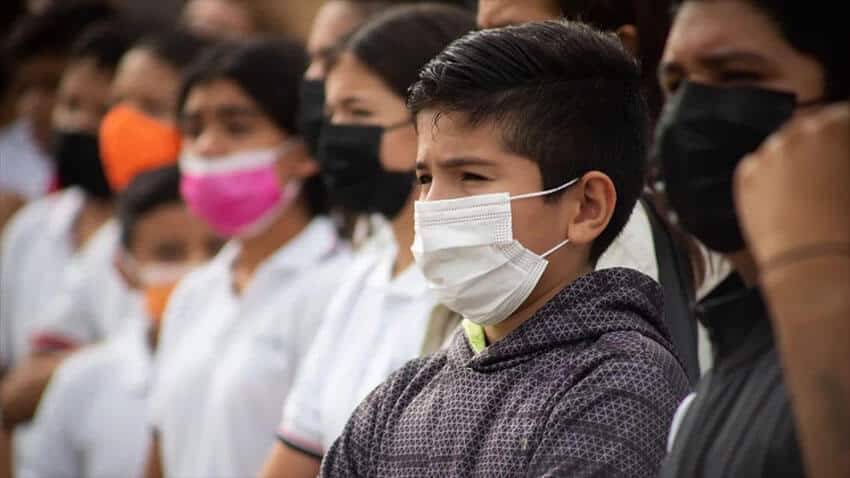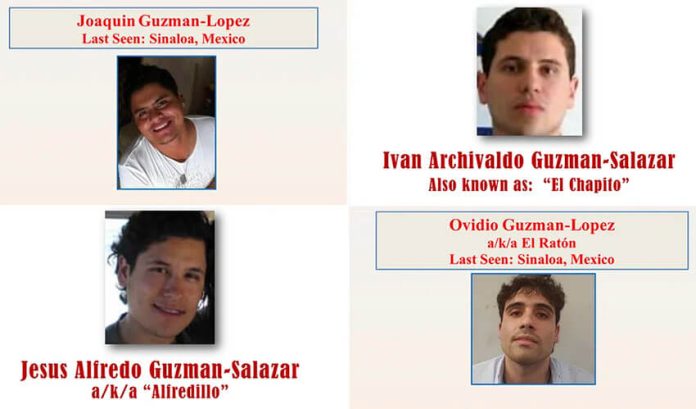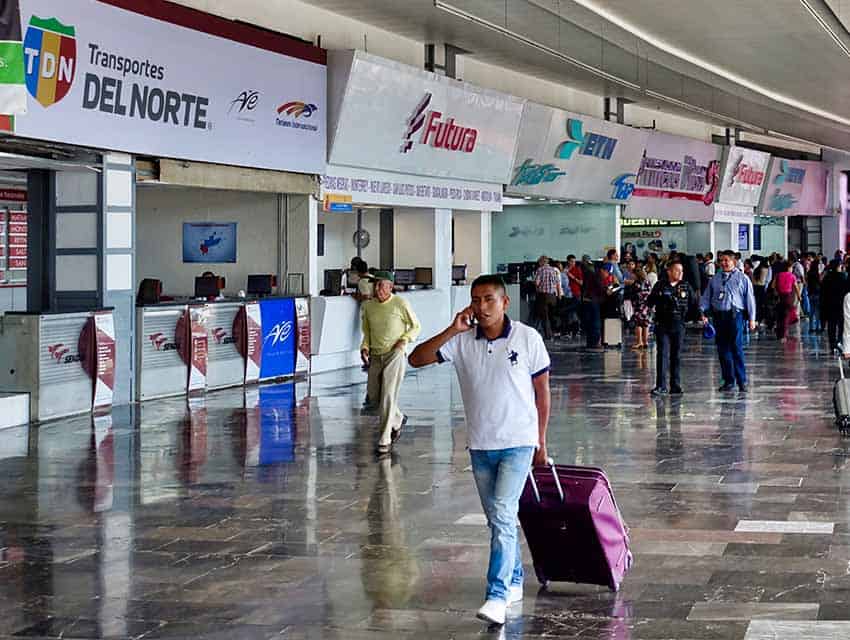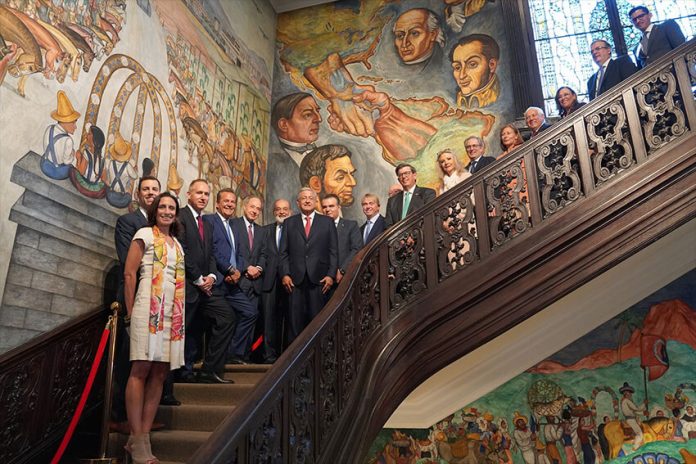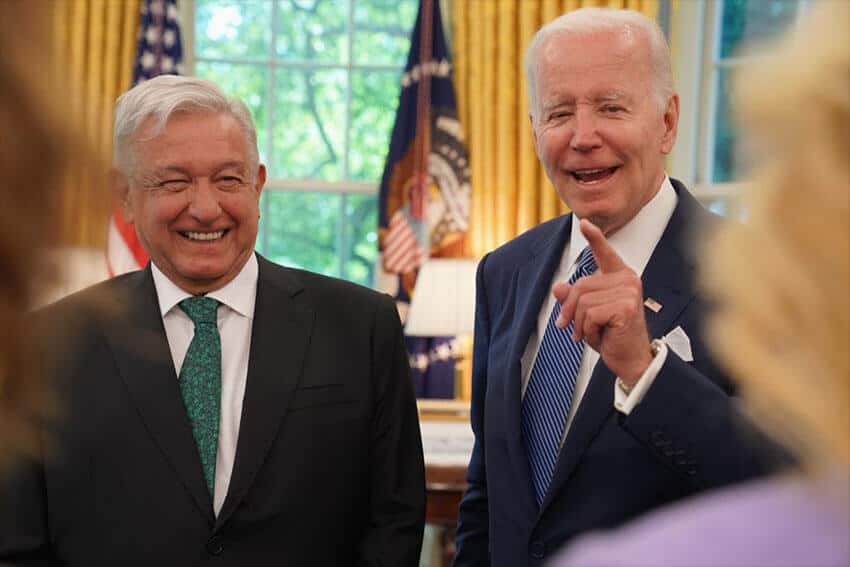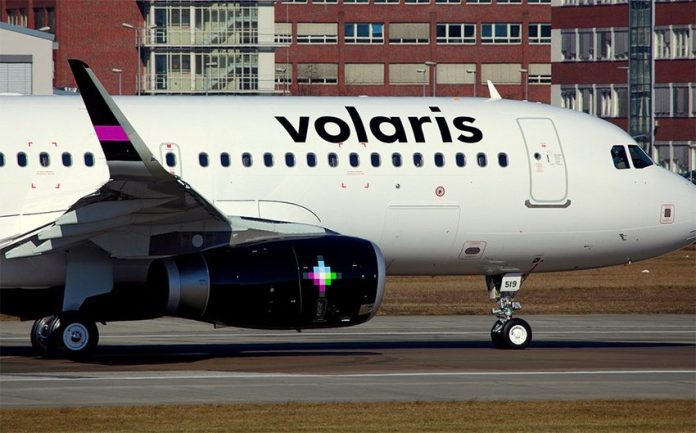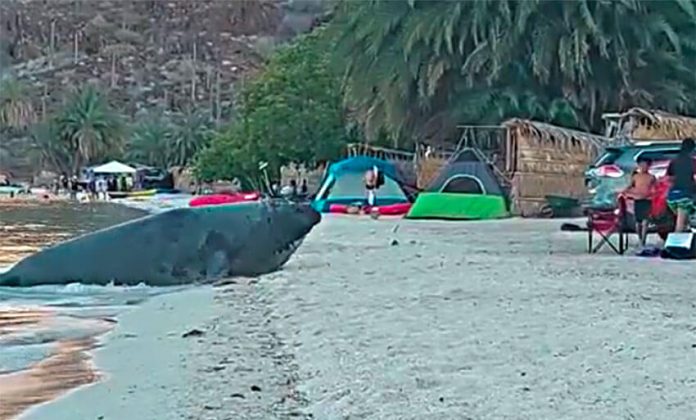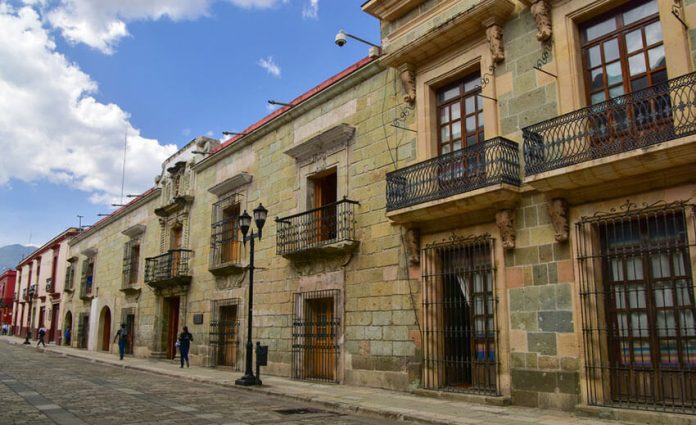The murder of a doctor in a violence-plagued mountainous region of Chihuahua has not only left the residents on edge, but the heinous shooting also has raised concerns that the remote area has been plunged into a medical crisis.
Massiel Mexía, the bubbly and outgoing mother of a 5-year-old, was shot in her home and later died in the same hospital where she worked, the Rural Welfare Hospital in the community of San Juanito. An IMSS facility, it is located high in the Sierra Tarahumara, a good three-hour journey from the capital of Chihuahua city.
According to the newspaper Milenio, “the hospital staff where [Mexía] worked now live in fear” because there are no municipal or state police, or anyone from the army or National Guard, “that can arrive without taking more than an hour.”
A black bow above the entrance serves as a reminder to doctors, nurses and other hospital staff about an 8 p.m. self-imposed curfew they have established. “From the hospital to the home is the rule,” is their new motto as cited by Milenio.
The hospital is strategically located in the highest part of the mountainous municipality of Bocoyna, and there is no other hospital within 100 kilometers. Pregnant women and people who sustain injuries resulting from crime are among the patients that the hospital treats.
The hospital is already beset by short staffing and union problems, and Mexía’s death has reduced the number of anesthesiologists on staff to only two. Milenio talked to doctors and nurses who are now worried that an anesthesiologist might not always be available.
Moreover, a residency program is ending July 28, meaning a number of helping hands will be leaving to carry out their studies elsewhere; plus, Milenio added, a warning has been issued by the faculty at the medical school of the Autonomous University of Chihuahua to not send any more interns to the dangerous mountain region.
Mexía was remembered as a “true professional” who was “dedicated to her work.”
[wpgmza id=”365″]
According to Milenio, she was killed by an 18-year-old in a gray sweatshirt. He first shot a dog as he was roaming the streets around 5 a.m. Later he entered Mexía’s home and allegedly shot her with the same weapon, an AK-47, also known as a cuerno de chivo (goat’s horn).
Not long thereafter, residents of the area tracked down the alleged killer and severely beat him, then tied his motionless body to a post. Next to him was an AK-47 and a cardboard sign (“in the style of any drug cartel,” Milenio wrote) that read, “This happened to you for having killed the doctor and raped a girl.” The suspect also allegedly committed a rape in the nearby town of Talayotes.
He was arrested and taken to the same hospital where Mexía worked. Reports said he was in a coma, receiving care from the same doctors and nurses who had seen Mexía alive the previous day.
Mexía, who had bought a home in San Juanito just five months ago, was described as irreproachable and a non-drinker by friends and coworkers. They theorized she was not a targeted victim, but rather that she was “collateral damage from the lack of security” in the violent area. She reportedly was shot twice, once in the chest and once in the head at dawn on July 11, but was still able to speak when assistance arrived; she died upon admission to the hospital. Originally from Guasave, Sinaloa, she earned certification as an anesthesiologist 16 months ago. Her daughter, Antonella, is barely 5 years old.
She is the cousin of actor Miguel Martínez, who was on the reality show “Código Fama.”
In a heartfelt message to his cousin, Martínez wrote: “I want to thank you for your little messages and your signs of affection. Thank you for worrying about me and my family … All of us are going to continue to put effort into what we do and make you feel proud, little cousin in heaven.”
The newspaper Terra also quoted Martínez as saying that insecurity “is an issue that a lot of people” have to deal with, but “when we do not experience it in the first person we do not realize it.” He called his cousin “a great woman, a great mother, a great person, always happy, always with the best attitude of making others happy.”
With reports from Milenio, El Norte and Terra
